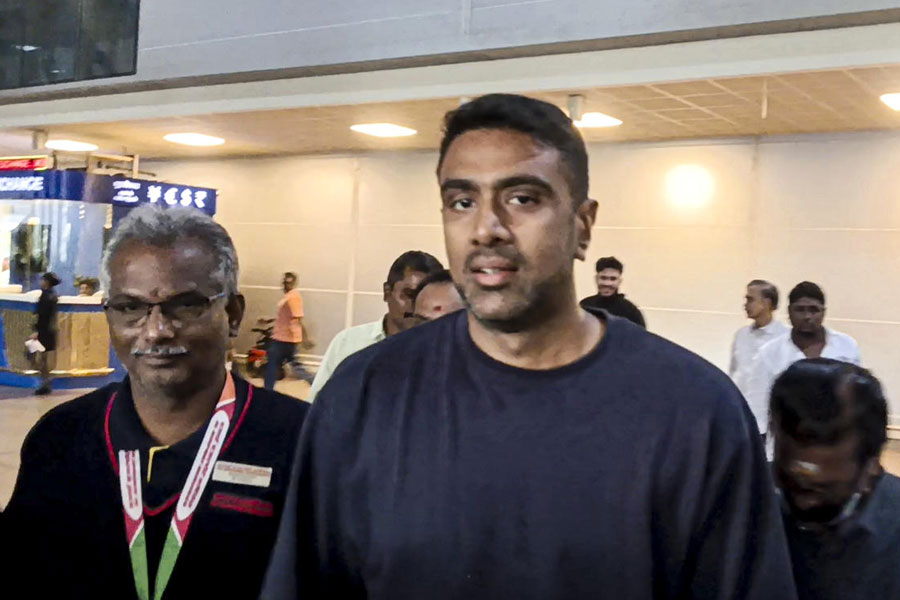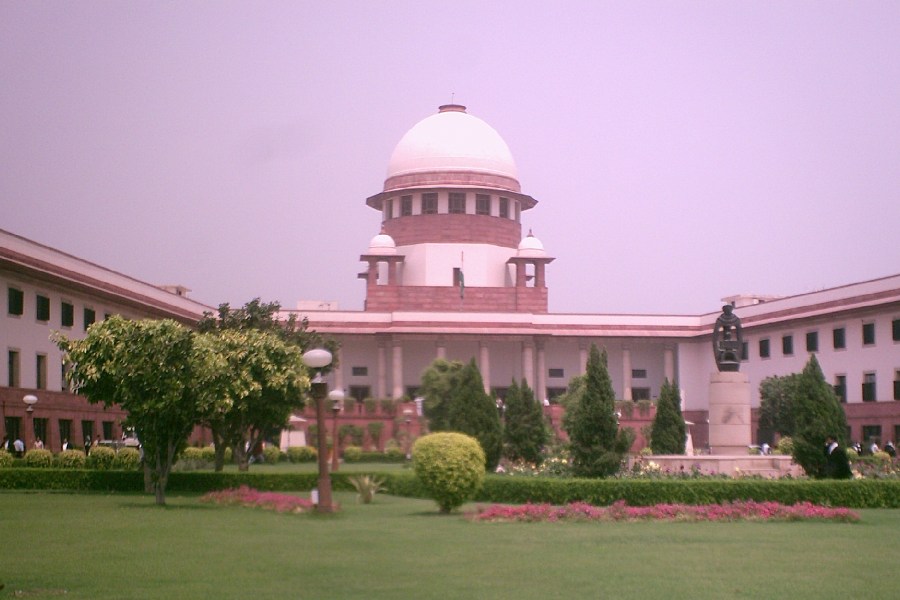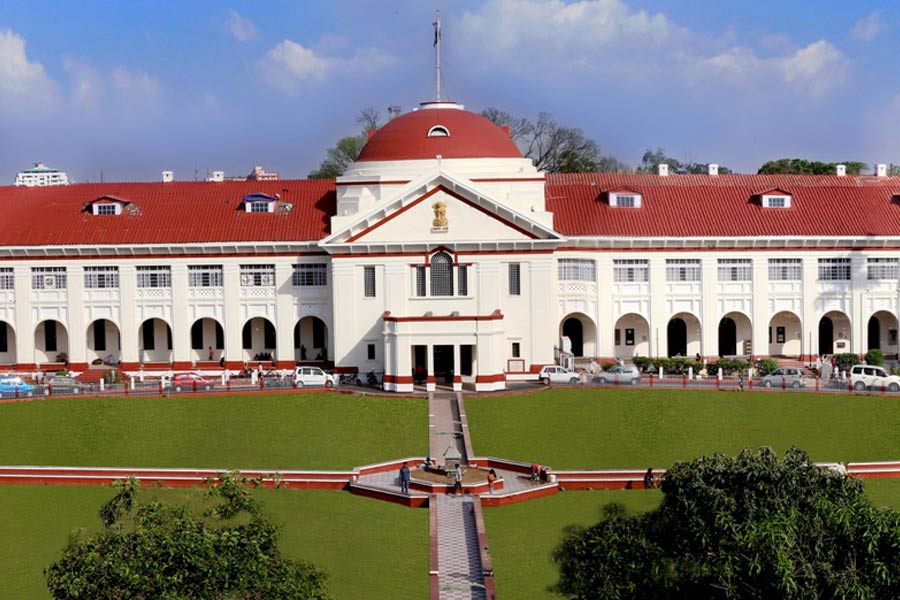While we are justifiably in a combined angst at the rout of 36 in Adelaide, I would like to rewind to the first Test we ever won in Australia, in 1977. After being two down in the five-Test series, it was Melbourne that held out anticipation. We were in a glorious Australian summer, but Melbourne, with its seasonal unpredictability, held out its own spectator challenge. You could start the day in sparkling sunshine, the locals tanning in tank tops, yet soon, the gusty winds would give you a new surprise and by evening, blankets became the end of day huddle.
It was at the Melbourne Cricket Ground, the MCG or just The G as it is known colloquially, that we tasted our first victory. What a beauteous stadium with its awesome capacity that almost rivalled our own Eden Gardens! MCG, the largest stadium in the southern hemisphere, host to a huge variety of sporting and non-sportive events, from the Olympics and Commonwealth Games, to rugby, Australian rules football, tennis and high profile concerts by the likes of David Bowie, Paul McCartney, Madonna, the Rolling Stones, Michael Jackson, and a record attendance for religious leader Billy Graham of 1,43,000.
It was my first time, first day Down Under. The Hilton had given the journalists a great deal, so the start was luxurious. During the quick walk across Melbourne Park to get to the hallowed MCG, I had my first embarrassing encounter with Aussie-speak. One of my fellow walkers asked where I was from, to which I replied brightly that I had just landed from India and I was “looking forward to rooting for the Indians.” I could not understand the shock on his face. Until later, when I related the story to our friends and they said, hey mate, “root” means another four-letter word in these parts.
Back to cricket and some stats. The series started on December 2, 1977, and went on till February 3, 1978. Bishan Bedi was captaining the Indian side and Bobby Simpson had come in from the cold to lead the Australians, after his hiatus in retirement from the game a decade before. Remember Kerry Packer had launched his World Series Cricket, eating into the cream of Australian players. Anti-establishment it may have been, but when I got talking to Lynton Taylor, Packer’s close associate running his PR team, he emphasised that they wanted to give a fillip to the game with a new lot of spectators — women and children — to come and enjoy cricket, under lights, the players wearing coloured clothing and cheerleaders coming in for good measure to provide further entertainment.
The first two Tests were close encounters. At the Gabba, in Brisbane, Australia won by just 16 runs. At WACA, Perth, Australia won by two wickets. The two captains ramped up great scores — Simpson making 176, and Bedi with a haul of 10 wickets in the two innings.
But it was Melbourne that saw India rise to conquer. Our team had won the toss and decided to bat first. We were to witness a feisty knock by Mohinder “Jimmy” Amarnath, and some more from Gundappa Viswanath. And watch Chandrasekhar make his haul of six wickets for 52 runs. Ending the Australian innings at 213, after we had scored 256. We were into the new year of 1978 by then. Sunny Gavaskar treated us to a 118, having done a similar feat in the earlier Test. Racking up 343 in the second innings looked formidable and it proved to be so, as Chandra once again spun his magic with 6 for 52, with the Aussies getting all out for 164. The Indian journos, pleased and relieved, shot off victory pieces on their Lettera 32s, while some of us, reporter and player wives, ambled off to quickly get to the Yarra riverside promenade bursting with cultural attractions and cute cafes, and plenty of entertainment, and walk through Melbourne’s quirky arcades.
We went on to Sydney looking to a now supercharged team to perhaps pull off another win. Which they did. Chandra and Bedi took seven wickets between them to bowl the Aussies out for 131. It was a superb display of batting that took us to 396, ending the Sydney story with a resounding innings victory. The decider at Adelaide was splashed colourfully through major hoardings showing a kangaroo and a turbaned opponent — the excitement goading Sydneysiders to take a quick trip to another beautiful city. The memories are a heady admixture of a Barossa Valley winery, Colin Hayes’ stud farm nearby, the players enjoying their time by poolside, and the final day, when we gamely put up a massive total, but were to end 47 short.
Close encounters, and many close friendships with the cricketing fraternity and with new acquaintances in Australia that have lasted to this day. It was one such set of friends — a rangy six-foot-six blond blue-eyed Aussie — Hartley Anderson — and his petite, perky Indian wife, Pam, whom we bonded with from the start. Anderson played a lot of cricket, was passionate about India, and brought teams from I Zingari, one of the oldest cricket clubs in Australia, to India and later, was a key part of a group who called themselves the Grey Kangaroos, retired, but fit Sunday cricketers who played at CCFC in Calcutta over the years.
It was through Anderson, who was also an art connoisseur, that I met a remarkable artist, Bernard Hesling, in Adelaide and heard about the famous painting that Lady Bradman had bought for Sir Don Bradman, done by Hesling. It turned out that the artist had, due to an oversight, put in an extra fielder and Sir Donald sent the painting back and asked Hesling to paint out the extra! The work that is printed here is enamel on steel, with the correct number of fielders.
The camaraderie with such friends, and many others who welcomed us into their homes (including a pav bhaji barbecue on New Year’s eve by a Gujarati family), the bonding with cricketers and journalists, is something that seemed to belong to another era.
Harking back to that era was a recent conversation I had with Bishan Bedi about the Melbourne win. He recollects carrying Chandra on their shoulders, but the “best part of that win was the very first congratulatory telegram that I received from Mrs Indira Gandhi.” He was later to reciprocate this gesture to her, when Mrs Gandhi won from Chikmagalur. But probably the one story that speaks volumes for the spirit of camaraderie between teams is when the five-Test series ended in Adelaide, and Bedi, magnanimously, wanted to do a thank you feast for the Aussie team. He went to the treasurer and said that he would chip in some money from his Captain’s allowance, and could the Board put in some cash too, to cover the expenses of the party that was being planned. It turned out to be a lavish affair, with drinks flowing, and plenty of good food and a barbecue to boot. When they asked the hotel for the bill, Bedi was told that the Australians had declared it was “on the house.”
Fast forward to another Test series in 1980-81, and another spinner’s glad tale. Dilip Doshi was playing the Melbourne Test with a fractured toe and bowled 74 overs. “I believed we were the equals of Australia.” And India won by 59 runs.
So Melbourne could see new magical moments as Boxing Day brings in the 2nd Test challenges.
The writer is a PR professional who has been a cricket columnist over the years, having toured Australia, England and South Africa










